Owls are fascinating, to say the least. It’s impressive how they can adapt and overcome hardships.
They’ve managed to make homes of trees, in buildings, and even in ground holes. They could also eat pretty much anything made of meat as long as they can hunt it.
But how do these birds coexist with us? We’ve narrowed down our research to Tennessee and found out that seven different types of owls live there.
If you know where to look, and what to listen for, then you could find some of these majestic creatures. We’re here to make your journey to finding owls in Tennessee a little easier.
1. Great Horned Owl

- Scientific name: Bubo Virginianus
- Length: 18.1-24.8 inches
- Weight: 32.1-88.2 ounces
- Wingspan: 39.8-57.1 inches
We’ll begin our list with the largest owl you could find in Tennessee; the Great Horned Owl. it could actually be seen anywhere in North America as long as there are trees around.
Great Horned Owls also don’t have a specific season, you could spot them any time of the year.
Have you ever heard stories about evil-looking owls that cast a shadow over kids’ faces when they fly? These are the Great Horned Owls!
They’re the textbook owls we imagine and see as children. They have a wingspan of nearly 60 inches.
Author Note: Great Horned Owls have large tufts that look like ears. Their eyes are large and yellow, covered with a triangle-shaped ferocious forehead.
They also have huge bodies that are covered with gray and brown feathers.
The mean-looking faces aren’t just for show; Great Horned Owls are formidable hunters. Their large bodies don’t stop them from cutting through the air and snatching their unsuspecting prey.
They’re also the only birds that regularly hunt and eat skunks! But mostly they feed on insects, rodents, and small mammals.
When in danger, Great Horned Owls could fight other owls, crows, and even porcupines. On some rare occasions, they can even take down falcons!
If you happen to spot a Great Horned Owl, try not to provoke it or stare too much. It’s easily agitated and they’re not afraid to attack head-on, especially if they’re protective of their babies.
Besides their iconic storybook looks, they also have a distinctive hoot that most people could identify. Both males and females hoot, but males have a slightly lower hoot.
2. Eastern Screech-Owl
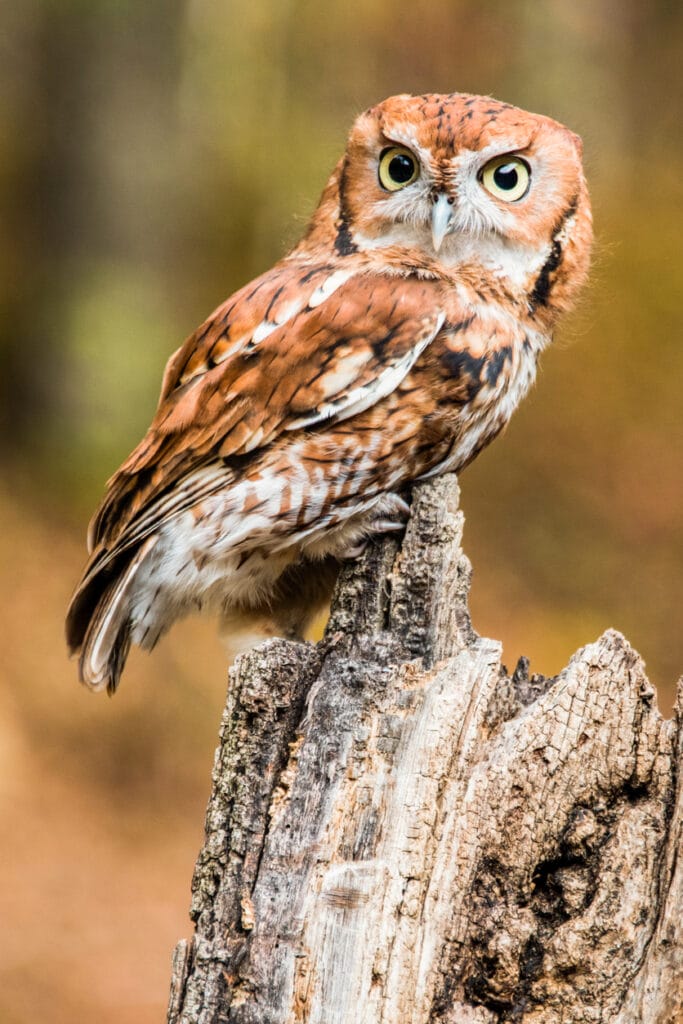
- Scientific name: Otus Asio
- Length: 6.3-9.8 inches
- Weight: 4.3-8.6 ounces
- Wingspan: 18.9-24.0 inches
Eastern Screech-Owls are only slightly larger than a Blue Jay. Yet, they look like baby versions of the Great Horned Owls.
They have the same yellow eyes, ear tufts, and chunky bodies. However, since everything is smaller, they’re not as mean-looking as Great Horned Owls.
Normally, Eastern Screech-Owls have white feathers on their bellies. The rest of the body is covered with speckled gray or reddish feathers.
The speckled feathers give them the ability to blend with trees. This helps them a great deal during hunting.
You can spot these Owls during the night or daytime. Yet, if you want to spot them at night, then look for their distinctive calls. They have two of them.
The first one sounds like a high-pitched whine. The second one is more commonly heard and it’s some sort of a warbling tone.
The calls of Eastern Screech-Owls are attractive to songbirds. If you like singing birds, carry a taped recording of these owls’ calls and play it in the woods. You won’t regret it.
If you want to spot Eastern Screech-Owls. in the daytime, then look for pellets near tree bases. When owls fail to digest some food, they regurgitate it near their roosting locations.
3. Barred Owl

- Scientific name: Strix Varia
- Length: 16.9-19.7 inches
- Weight: 16.6-37.0 ounces
- Wingspan: 39.0-43.3 inches
Barred Owls can be seen in Tennessee wherever there are trees. However, they prefer the hours of dusk and dawn. That’s when you could spot them the most.
They’re also commonly seen during all four seasons. Usually, they roost in tree cavities. These owls are curious, and they’ll have a staring contest with you if they spot you.
If they get scared, they’ll just fly to a further branch and then, you guessed it, stare again!
The name “Barred Owls” comes from the barred pattern of brown and white feathers on their chests. Unlike most owls, who have yellow eyes, Barred Owls have dark eyes.
They also have very iconic calls that gave them the nickname “Hoot Owls.”
Barred Owls are mostly known for just that distinctive call. It goes like “who-who-who-who, who-who-who- whoo hwa.” It’s as if they’re asking “who-cooks-for-you, who-cooks-for-you all?”
Speaking of cooking, these owls can eat anything made of meat! They have been seen grabbing rodents, rabbits, squirrels, moles, weasels, smaller birds, fish, and a variety of insects.
That’s right; Barred owls are near the top of the owl food chain. Their only predators are Great Horned Owls!
4. Long-eared Owl
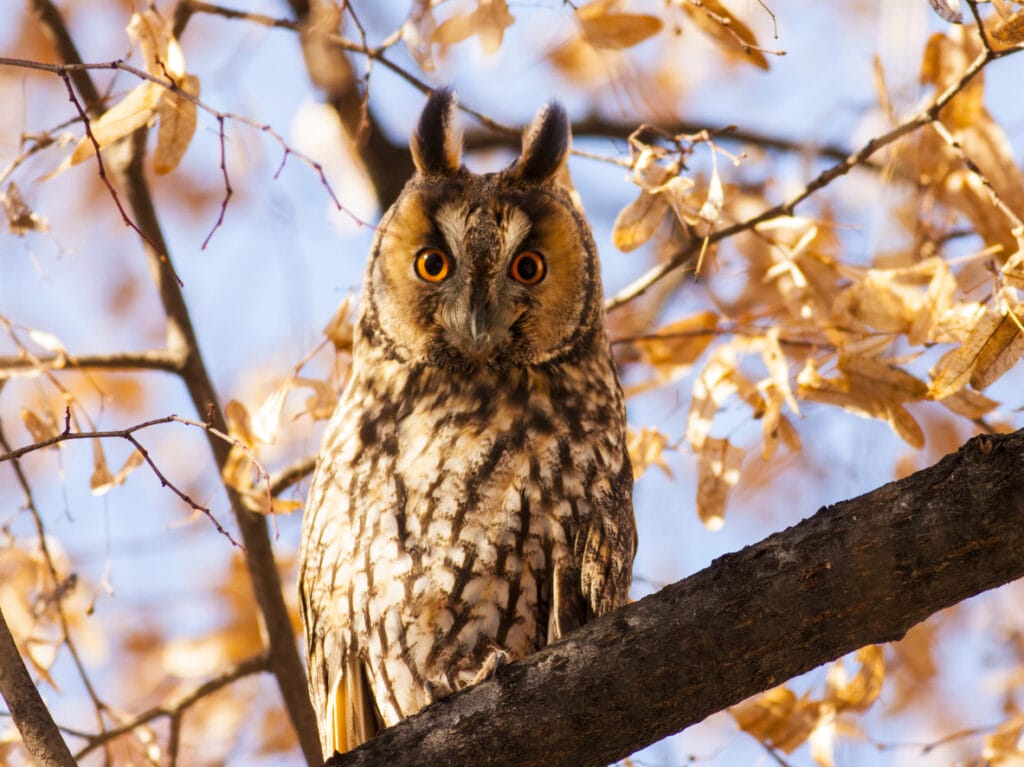
- Scientific name: Asio Otus
- Length: 13.8-15.8 inches
- Weight: 7.8-15.3 ounces
- Wingspan: 35.4-39.4 inches
It’s not easy to find a Long-eared Owl in Tennessee. They don’t breed there and they typically don’t nest there, either. Additionally, they only come to Tennessee in winter times. This makes them even harder to spot.
From their names, you could tell that they have long ears. Relative to their face, they have longer ear tufts than Great Horned Owls.
However, their size is much smaller, almost as tiny as a crow. The heads are small and square-shaped. And despite having horns, they don’t look ferocious or mean.
Author Note: Long-eared Owls have the trademark yellow eyes, and the feathers on their bodies are a mix of brown and black.
Spotting these owls is even harder because they hardly call. In fact, most of their calls are heard only in mating seasons. To make things more difficult, their calls are soft and quiet.
The call sounds like a deep whistle that goes like “yeeey”. You’d be surprised that this sound can come out of an owl.
Long-eared owls prefer to sleep during the day and hunt during the night. Typically, their food consists of rodents, insects, and small animals.
5. Short-eared Owl

- Scientific name: Asio Flammeus
- Length: 13.4-16.9 inches
- Weight: 7.3-16.8 ounces
- Wingspan: 33.5-40.5 inches
Short-eared Owls in Tennessee could only be seen in winter. Normally, they’re not often sighted. And yet, they’re one of the most common owls to see during the daytime.
Look for them around dusk or dawn times. That’s when they hunt for rodents and insects. They also like open spaces like grasslands and prairies, so make sure to start your search there.
Short-eared Owls, as the name suggests, are famous for their tiny ear tufts. But their eyes are yellow, large, and surrounded by a black halo that looks like eye makeup. The body is somewhat large and covered with brown speckled feathers.
Top Tip: Despite having short ears, these owls try to show off their ears to scare away predators. When it comes to protecting the nest, they play some mind games.
The adults poop on the eggs so that the smell would discourage the predators from coming. If that doesn’t work, the adult pretends to be injured and flies away to lure the predator away from the nest.
Short-eared Owls don’t like nesting on trees like other owls. They’re often perched low on trees or even sitting on the ground.
These owls aren’t usually vocal, but when they are, they sound nothing like a typical owl! Short-eared owls sound like a fussy cat meowing.
6. Northern Saw-whet Owl

- Scientific name: Aegolius acadicus
- Length: 7.1-8.3 inches
- Weight: 2.3-5.3 ounces
- Wingspan: 16.5-18.9 inches
Northern Saw-whet Owls are one of the tiniest owls on the planet. If you see an owl that’s the size of a robin, there’s a good chance it’s a Northern Saw-whet.
Of course, with small size comes great cuteness. These tiny owls have large round heads, short necks, and small feet. The yellow eyes are covered with a dark line that looks like fake eyelashes.
Unfortunately, you can’t spot these owls much in Tennessee as they only come around in winters.
Their calls are relatively low, but once you hear them, you could instantly tell it’s a Northern saw-Whet. The calls sound like a toy train with a noise that goes “toot-toot-toot-toot.” Some people describe it as a hand saw being sharpened on a whetting stone.
That’s how they got the “Saw-whet” nickname.
Northern Saw-whet Owls prefer to rest quietly in mature trees. That’s why we keep seeing less of them as we run out of mature trees.
Saw-whets usually feed on small mammals. Most commonly, they prefer deer mice and white-footed mice. But they could also hunt chipmunks, squirrels. Bats, harvest mice, and house mice.
These owls don’t like the singing of other birds. If you’re looking for them in the woods, avoid areas where other birds are singing loudly.
7. Barn Owl
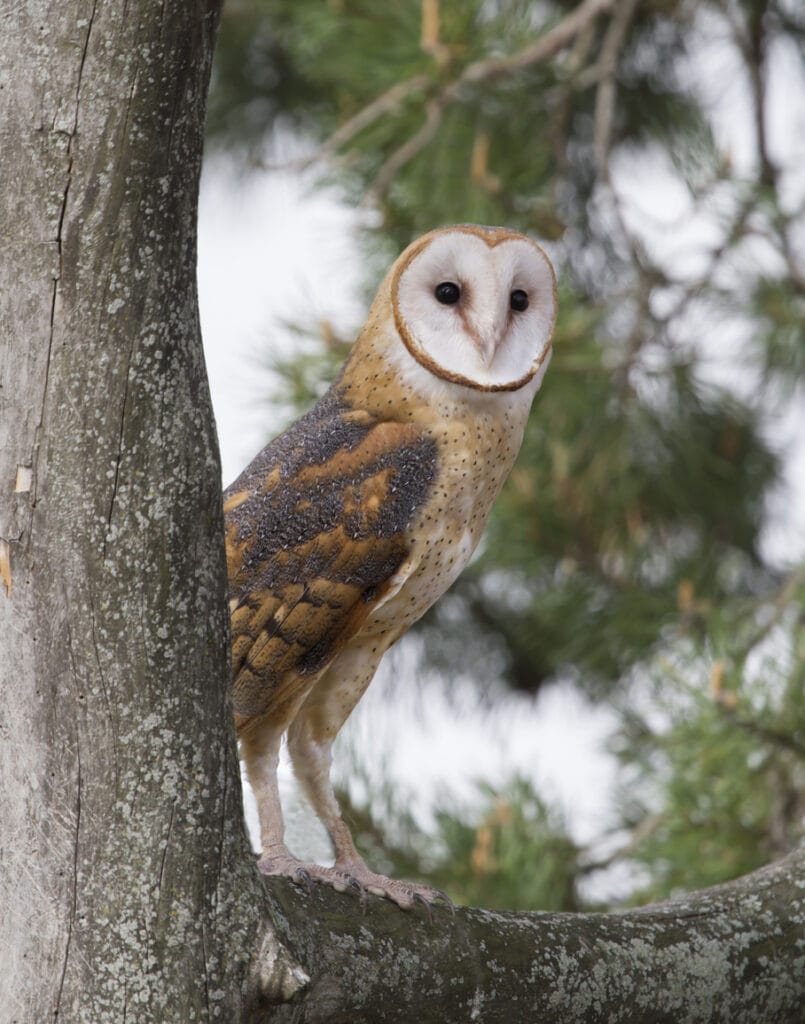
- Scientific name: Tyto Alba
- Length: 12.6-15.8 inches
- Weight: 14.1-24.7 ounces
- Wingspan: 39.4-49.2 inches
Barn Owls could be seen all time of the year in most of the United States. They look quite different from your regular owl.
These owls have a few nicknames like Ghost Owls, Monkey-faced Owls, and Church Owls.
Barn Owls have heart-shaped faces and black eyes. Interestingly, the shape of their faces helps in directing all incoming sounds to their ears. This makes them one of the best hunters based on sound alone.
These Owls could locate an insect hiding under some leaves in pitch-black darkness with only the sound of its legs. If you don’t think this is impressive enough, they can even hunt bats!
Author Note: Barn Owls like to roost in abandoned buildings, churches, and barns (hence the name.)
Since they’re common in Tennessee, you should be aware of their calls because they could scare an unsuspecting person.
Barn Owls don’t hoot, they screech in a high-pitched continuous noise. It also comes out suddenly in a manner that could surprise you even if you’re familiar with the sound.
Despite their unusual appearance and strange calls, farmers love them. Their excellent hunting skills keep farms clean of rats and other infestations.
Barn Owls prefer to hunt at night; targeting small mammals. They feed on shrews, rabbits, mice, voles, and rodents.
That’s All for Now
Those were the 7 owls in Tennessee that you must see.
Not all of them are available all year, but you will mostly find some of them whenever you venture through the woods.
Still, not all of them prefer the woods. It would be a good idea to understand their preferred habitats. This will increase your chances of finding that one owl you seek.
It could take some time, but it’s always rewarding, especially when you find a hooting owl.
Just make sure to keep a fair distance and be extra careful if you notice young owls around. Keep them safe, and stay safe yourself. We hope you enjoyed our guide on the most common owls in Tennessee!
FAQ
To find out where recent sightings of owls have been, try eBird. You can search for the latest sightings or particular species or what has been seen in a certain area.
The Barn Owl is probably the most common owl in Tennessee.
Audubon only has Radnor Lake State Park as a good place to see the Barred Owl.






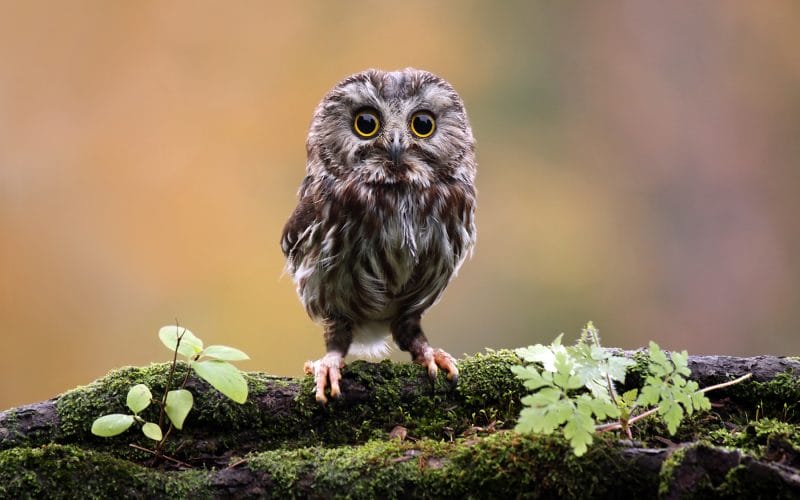
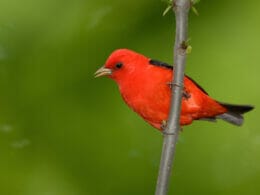
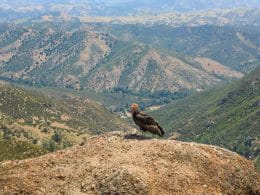

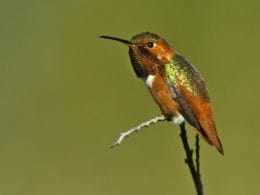
Very Informative and excellent writing. Thank you so much.